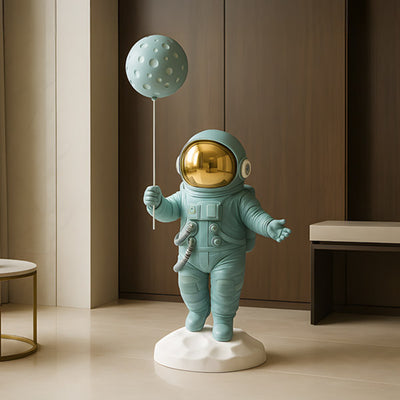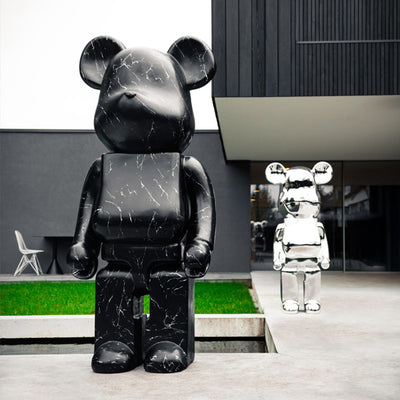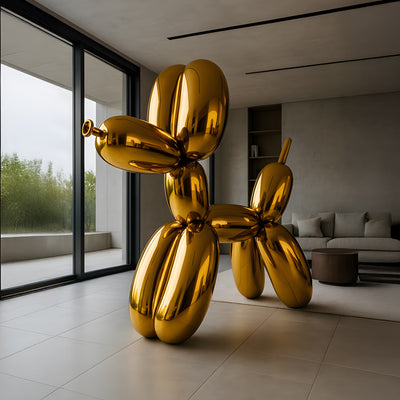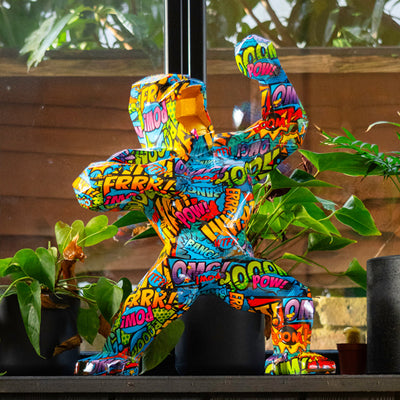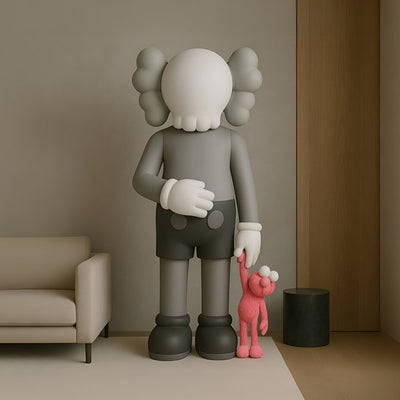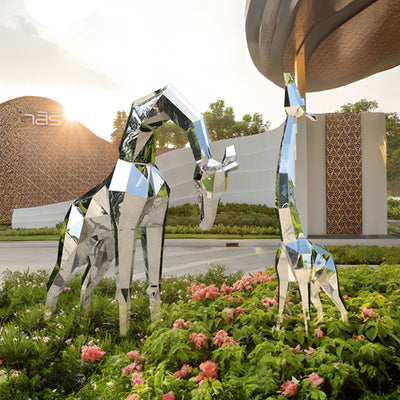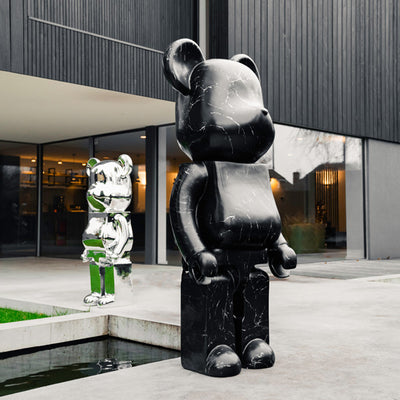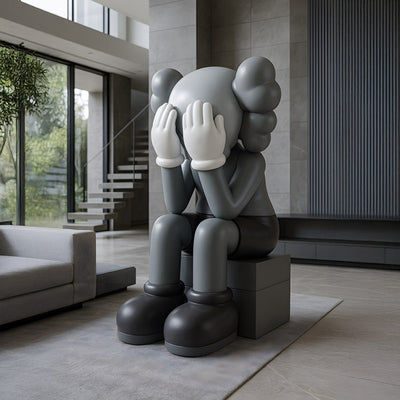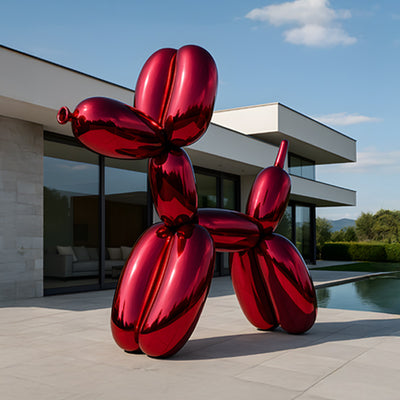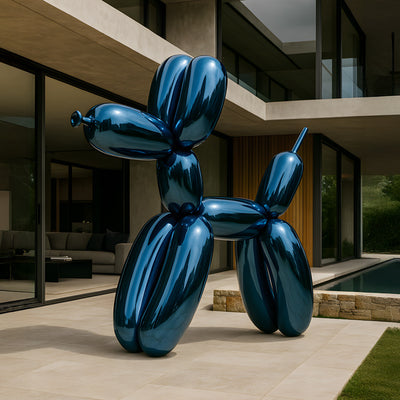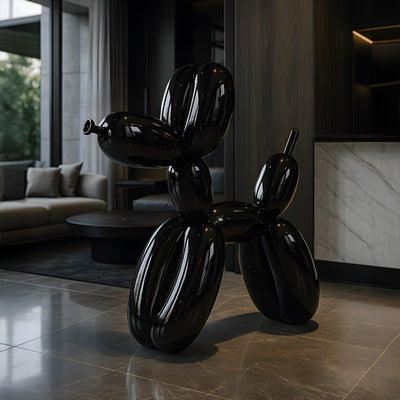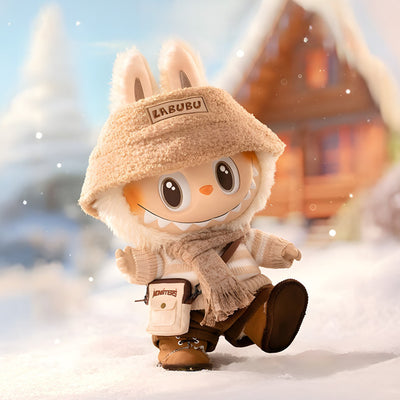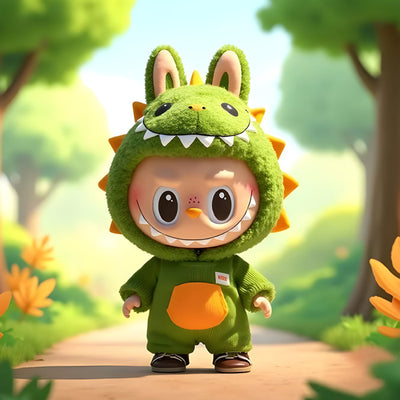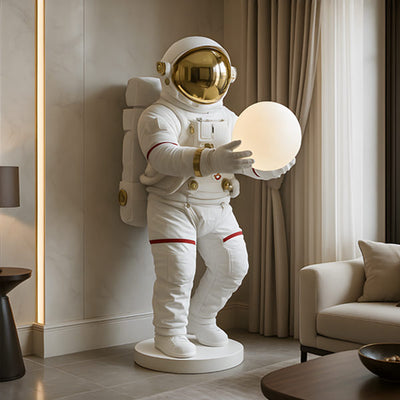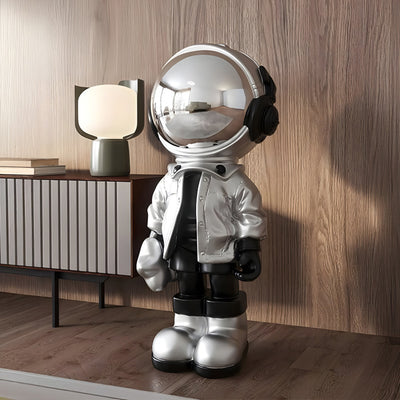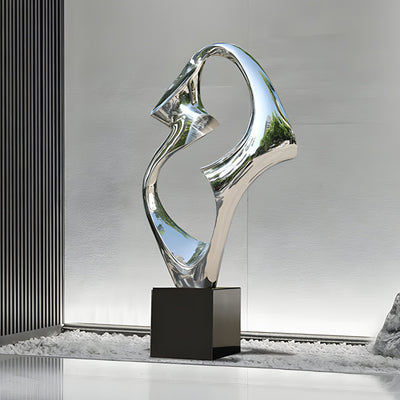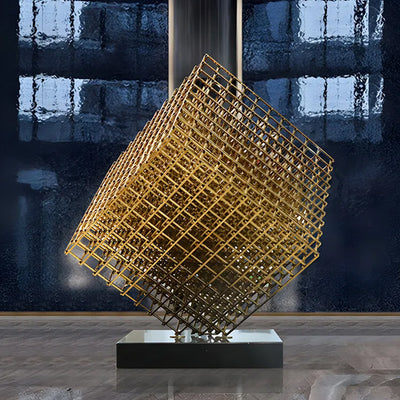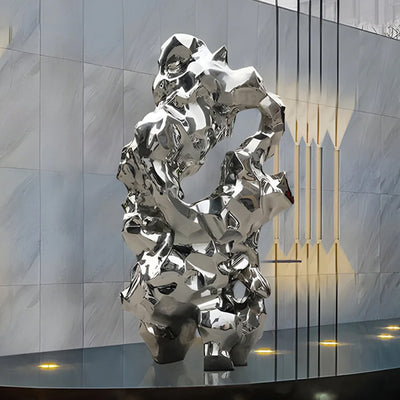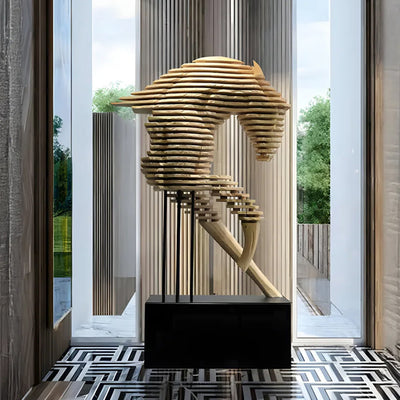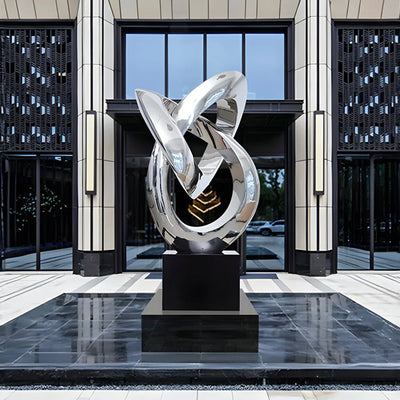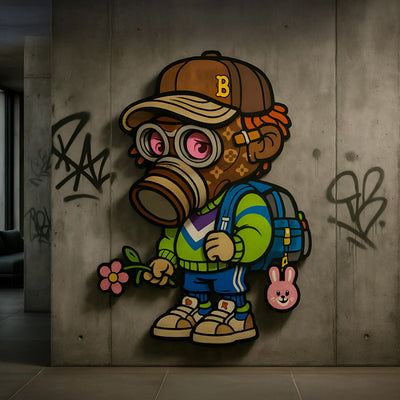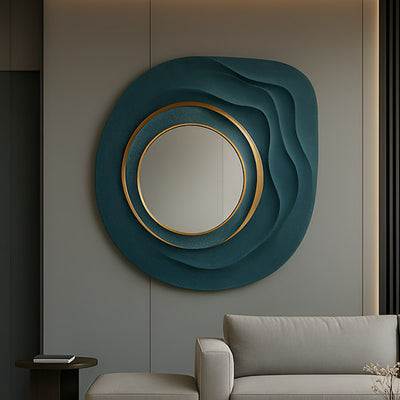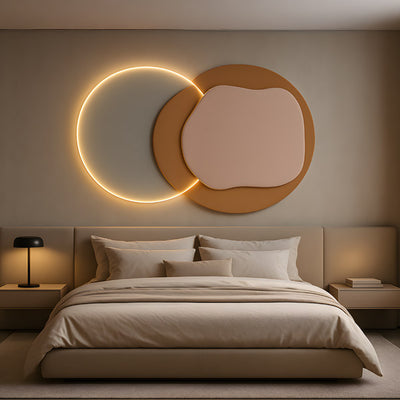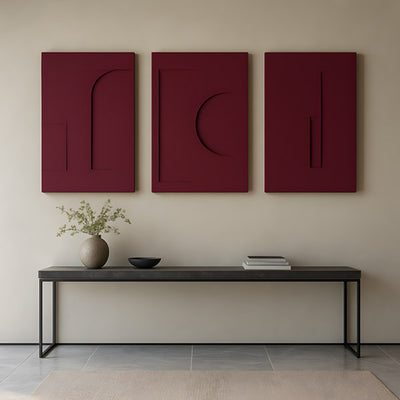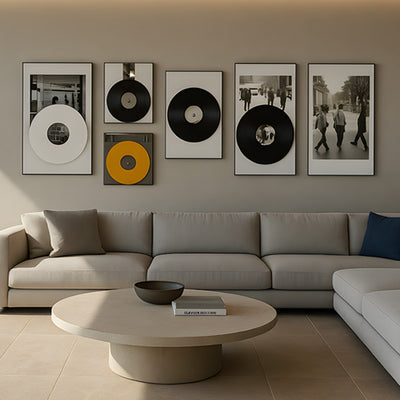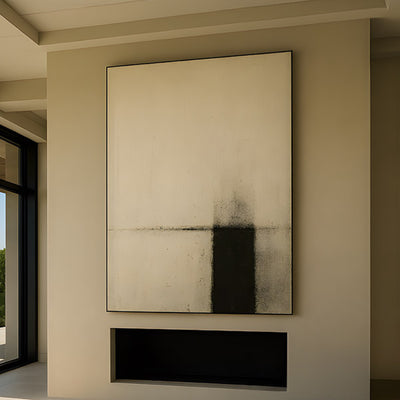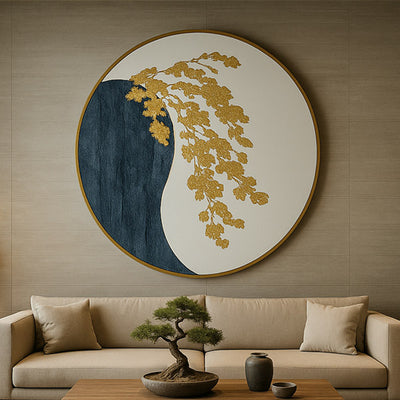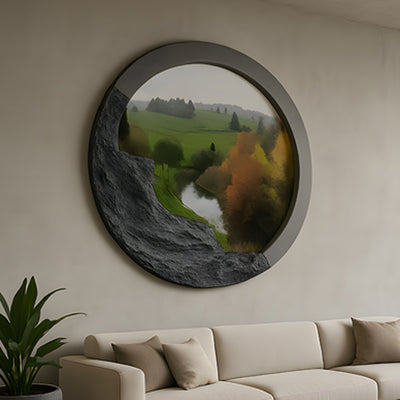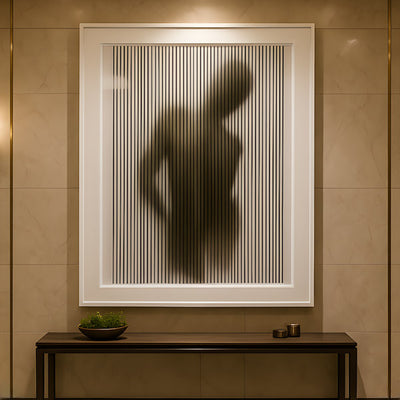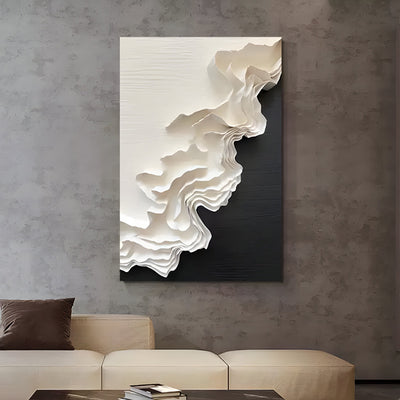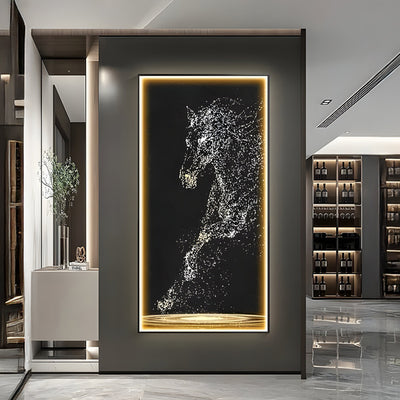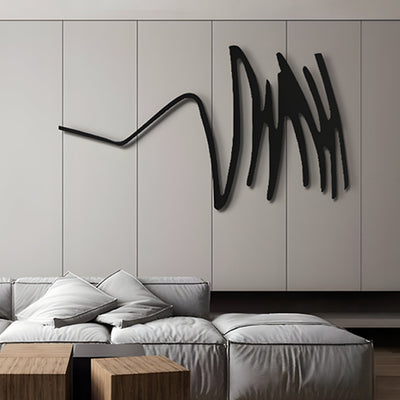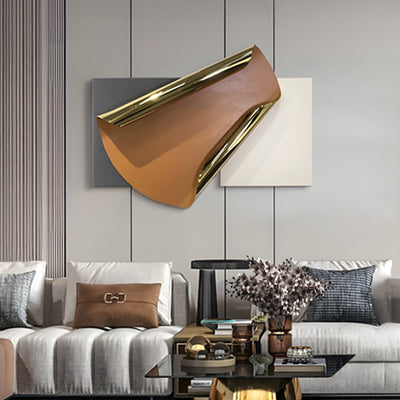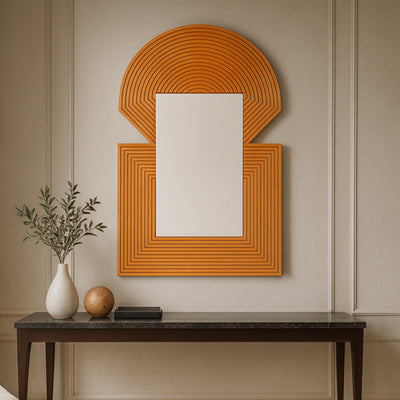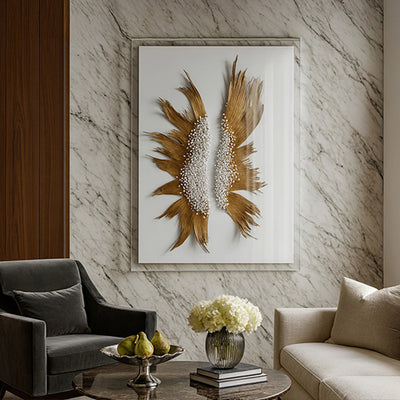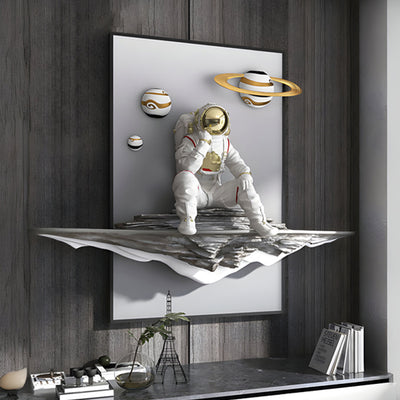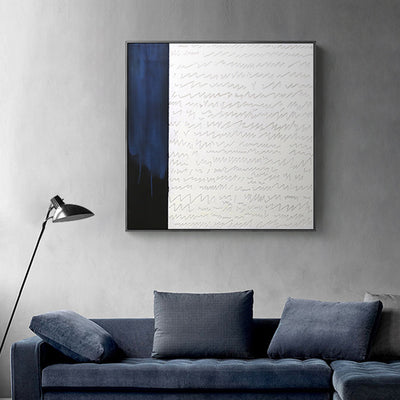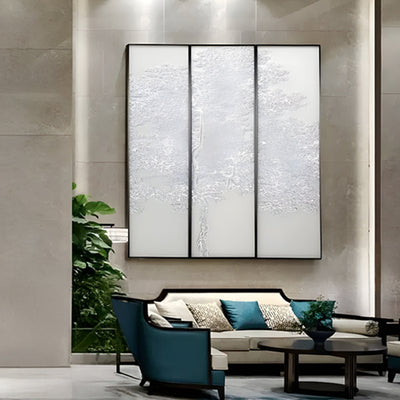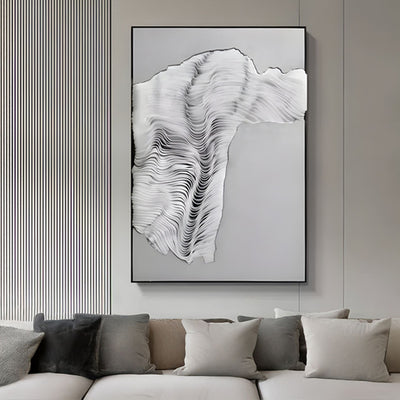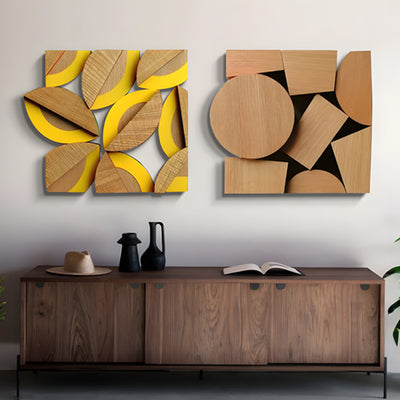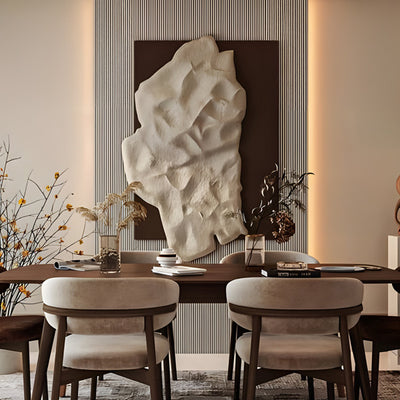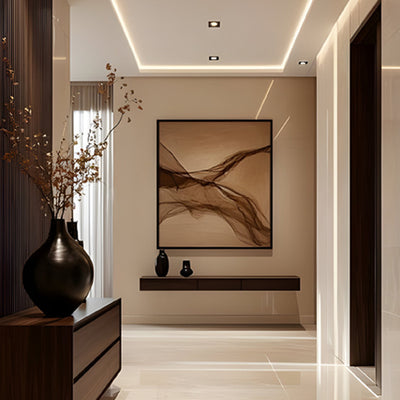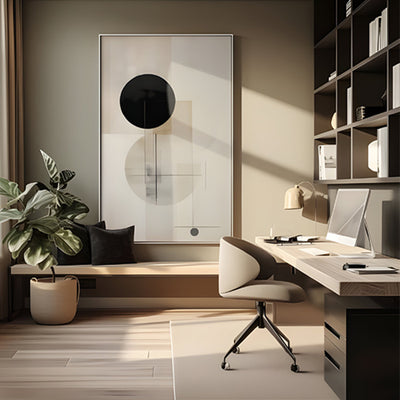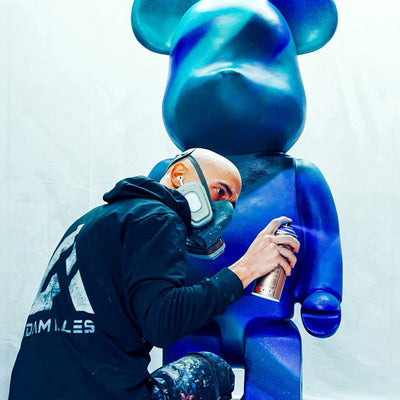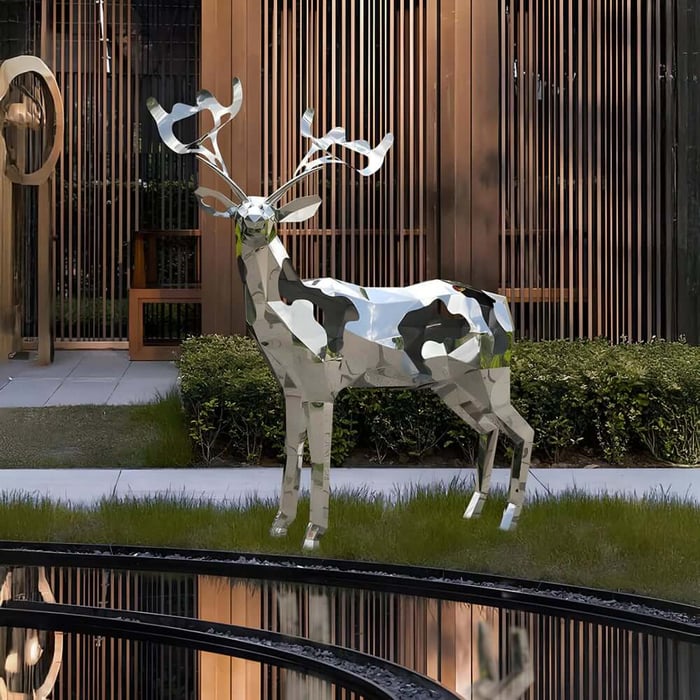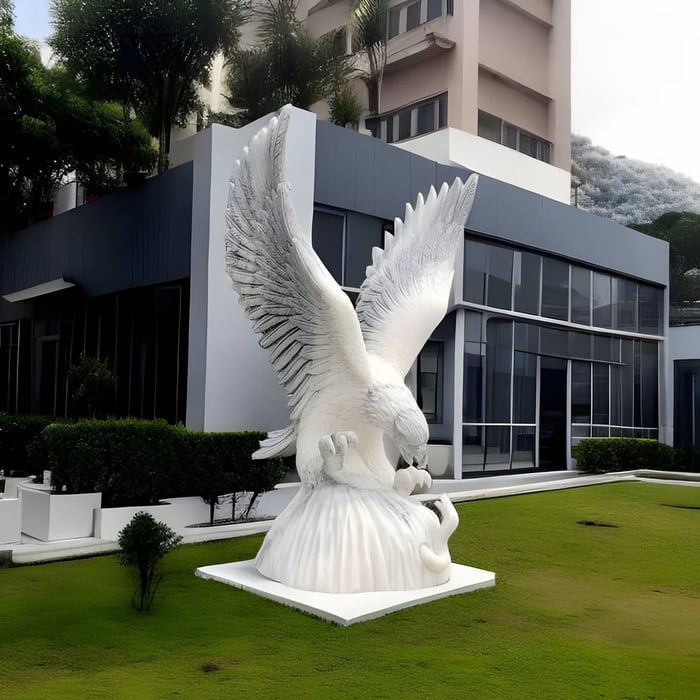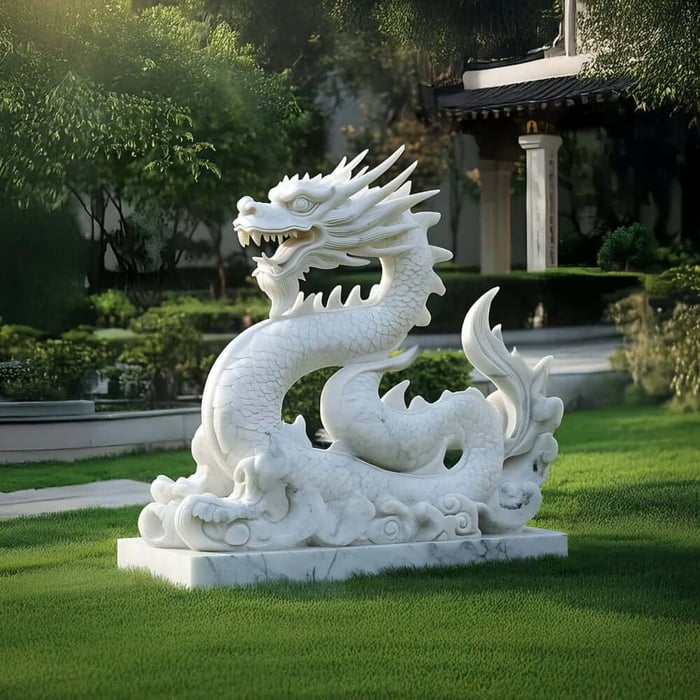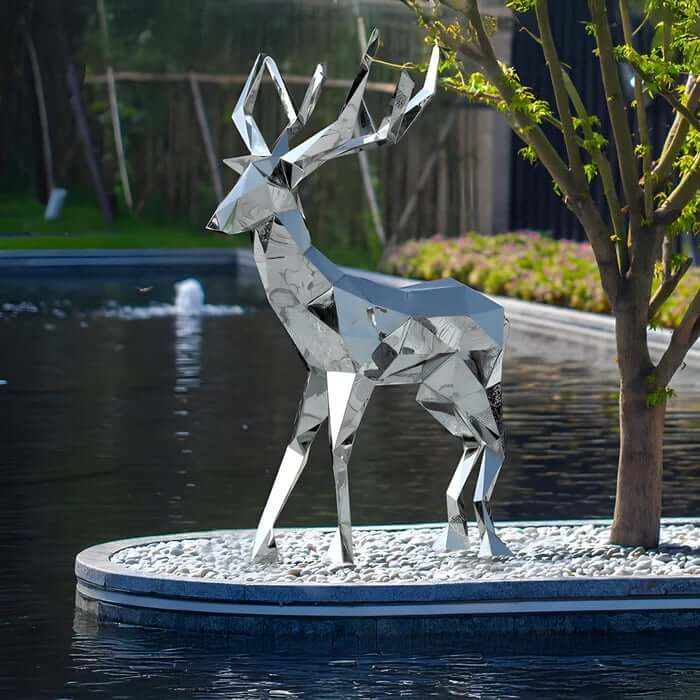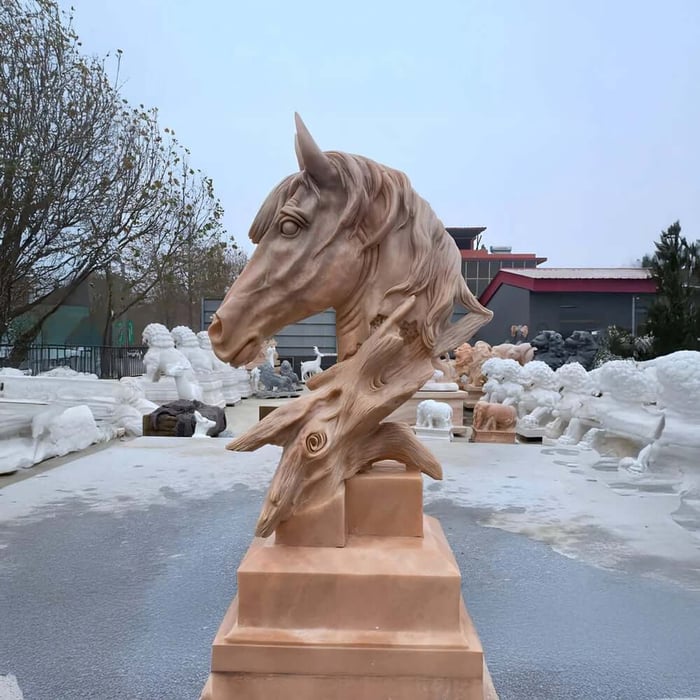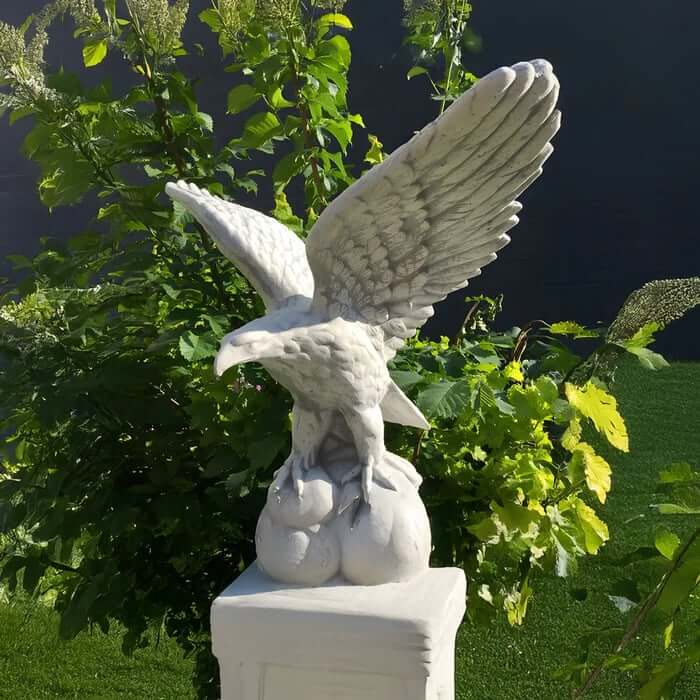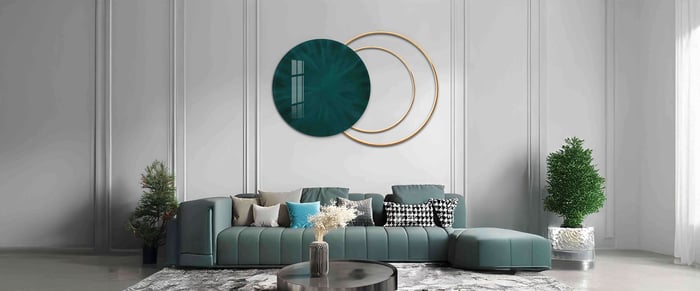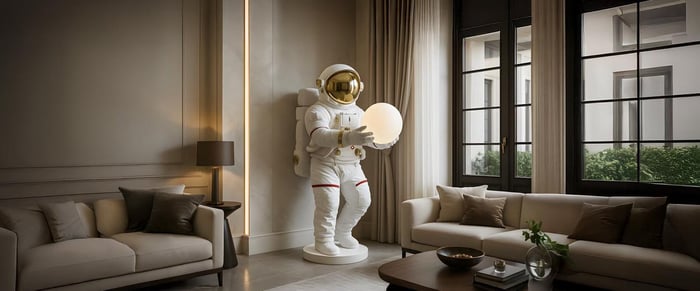Table of Contents
- Wildlife Sculptures Materials: Bronze, Resin/Fibreglass, Stone & Metals
- Wildlife Sculptures Outdoors: Placement, Bases, Anchoring & Weatherproofing
- Conservation Stories: Wildlife Sculptures in Public Art
- Spotlight: Why Wildlife Subjects Resonate
- Buying Pointers for Wildlife Sculpture Lovers,
- Collecting Wildlife Sculptures: Editions, Authenticity & Value
- How to Choose the Right Wildlife Sculpture for Your Space
- Conclusion: Choose with Confidence
- FAQs
Wildlife sculptures have a knack for stopping you mid-stride. A stag poised at the end of a lawn, a playful otter by the pond, a life-size big cat guarding a courtyard, these pieces do more than decorate. They anchor sightlines, add texture and scale, and bring personality to a place. With so many species, styles, and materials, choosing the right work can feel daunting. This guide breaks down the essentials so you can pick a piece that looks incredible on day one and still delights you years from now.
Wildlife Sculptures Materials: Bronze, Resin/Fibreglass, Stone & Metals
Bronze is the classic choice for outdoor wildlife sculptures, and for good reason. Cast in a foundry and finished by hand, bronze delivers crisp detail and a living patina that gently evolves with the weather. It’s sturdy, inherently weather-resistant, and, with basic care occasional washing and a protective wax wildlife sculptures in bronze will last for decades in a garden or public setting.
Resin/fibreglass sculptures suits bold, contemporary forms and projects where weight or budget matters. Quality pieces are reinforced and finished with UV-stable coats; they’re easier to manoeuvre through tight access and can pull off colours and gloss levels that bronze typically can’t ideal for stylised, geometric sculptures and other design-forward statements. Outdoors, they’ll ask for a gentler maintenance routine and occasional resealing. Choose reputable makers who specify UV protection and aftercare guidance.
Stone and alternative metals bring their own magic. Granite and marble offer sculptural gravitas and long-term resilience, especially in cooler climates. Aluminium gives you the metal look without the weight; corten steel develops a protective rust-like surface that sits beautifully against grasses and woodland planting. When selecting Wildlife Sculptures, think about the finish you love, the weight your site can handle, and your appetite for maintenance.
Quick comparison
Bronze: heirloom durability, evolving patina, heavier, higher upfront.
Resin/fibreglass: lightweight, design-flexible, requires UV care, and budget-friendlier.
Stone/metals: enduring presence; consider foundations/handling for weight.
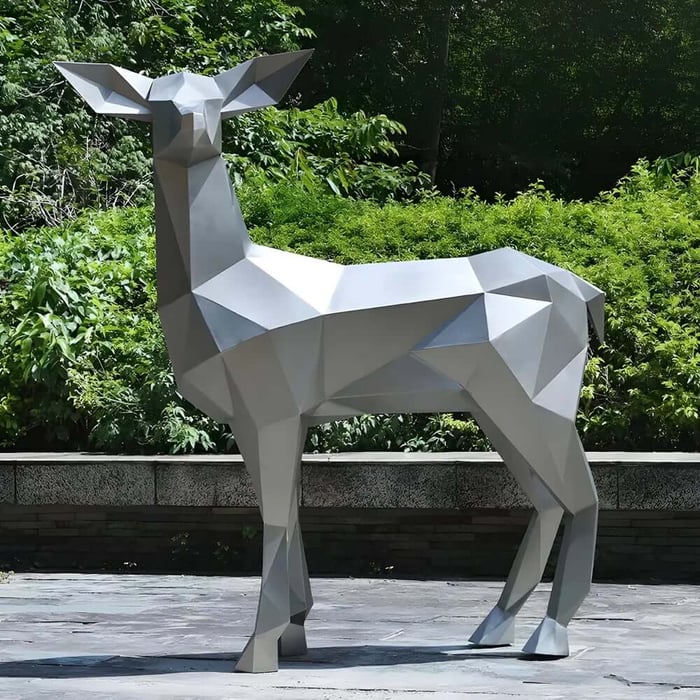
Wildlife Sculptures Outdoors: Placement, Bases, Anchoring & Weatherproofing
Great placement is half the art. Begin with sightlines: where will the first reveal happen through French doors, at the turn of a path, across water? Set your piece where it creates a deliberate pause. Use a plinth or hard base to lift it clear of foliage and puddles; even a discreet pad will keep a sculpture true on soft ground. In windy or public settings, specify proper anchoring and anti-theft fixings designed for outdoor art. Seasonal care is simple: rinse dust and pollutants with clean water, use a mild non-ionic detergent if needed, and follow material-specific protection microcrystalline waxes for metals, breathable sealants for stone, UV-safe coatings for resin.
Outdoor placement checklist
Position on axes (end of paths, opposite key doors, near reflective water).
Frame with low planting to “sit” the piece in the landscape.
Size the base to the footprint +10-15% for stability and proportion.
Specify stainless fixings; consider security hardware in exposed sites.
Conservation Stories: Wildlife Sculptures in Public Art
Wildlife art doesn’t just beautify, it can galvanise action. Public sculpture trails and one-off installations use charismatic animal subjects to raise awareness and funds for conservation. Recent installations in parks, town centres, and cultural districts have drawn families and art-lovers into playful treasure hunts while spotlighting endangered species and supporting conservation initiatives. Projects like these prove how sculpture can educate, build community, and create measurable impact beyond aesthetics.
Spotlight: Why Wildlife Subjects Resonate
Wildlife subjects embody qualities we recognise: strength, grace, curiosity, and kinship, qualities that translate powerfully into three dimensions. Across the UK and beyond, landmark pieces in stone, bronze, and contemporary metals show how an animal subject can become part of a city’s cultural memory. Large public works invite interaction and photographs, keeping wildlife firmly in the public imagination and inspiring future collectors to pair animal forms with abstract sculptures to balance narrative and pure geometry.
Buying Pointers for Wildlife Sculpture Lovers,
Scale & setting
Life-size: mesmerising focal points for larger plots, hospitality courtyards or atria.
Medium: impactful yet intimate for patios and smaller gardens.
Tabletop/busts: fine detail for interiors, pedestals, consoles, and shelves.
Material fit
Bronze: permanence, evolving patina, outdoor resilience.
Resin: colour and contemporary form; easier handling in tight access.
Stone/metals: monumental presence or modern minimalism, depending on finish.
Placement ideas
For drama: site at a vista’s end or beside reflective water.
For calm: dappled shade with layered planting to reveal texture and silhouette.
Styling Ideas
Tropical lushness: frame with ferns, bamboo, and broad-leaf planting to echo habitat.
Modern minimalism: choose faceted or monochrome forms against pale render or corten steel.
Woodland edge: settle a patinated bronze among hosta and grasses; let low sun pick out texture.
Collecting Wildlife Sculptures: Editions, Authenticity & Value
If you’re buying an editioned bronze wildlife sculptures, look for the edition number (e.g., 1/12), any artist proofs (APs), and foundry marks stamped or chased into the work. Reputable galleries and artists provide documentation covering casting method, patina recipe, and edition size; this protects provenance and streamlines insurance. For contemporary resin wildlife sculptures, seek serialisation and maker branding so you have a clear line back to the studio for future care. These details aren’t fussy extras; they’re what turn a purchase into a secure, enjoyable investment.
Documentation to request
Certificate of authenticity (artist, title, dimensions, materials).
Edition number and size; note any APs or special variants.
Foundry/studio marks, aftercare guidance, and recommended products.
How to Choose the Right Wildlife Sculpture for Your Space
Decision path (use as a mini-brief)
Intent: statement or subtle counterpoint?
Species & pose: what story do you want to tell (poise, movement, guardianship)?
Scale vs distance: larger/simpler for long views; finer detail for close viewing.
Finish & texture: patinated bronze, high-gloss resin, brushed metal, carved stone.
Base & access: confirm delivery routes, turning circles, foundations, and fixings.
Care appetite: “fit and forget” (bronze/stone) vs occasional resealing (resin).
Conclusion: Choose with Confidence
FAQs
What’s the best material for outdoor wildlife sculptures?
Bronze for longevity; UV-coated resin, stone, and corten also work well.
How do I decide the right size for my space?
Match scale to viewing distance bigger/simpler for long views; smaller/detailed for close-up.
Where should I place a wildlife sculpture for maximum impact?
On strong sightlines (path ends, door views, near water) and raised on a plinth/pad.
How do I anchor and secure an outdoor sculpture?
Stainless fixings into a concrete base; add anti-theft hardware in exposed/public spots.
What’s the basic care routine by material?
Bronze: rinse, dry, wax 1–2×/yr. Resin: mild soap, refresh UV coat. Stone: pH-neutral clean. Metal: wash, dry; let corten weather.
